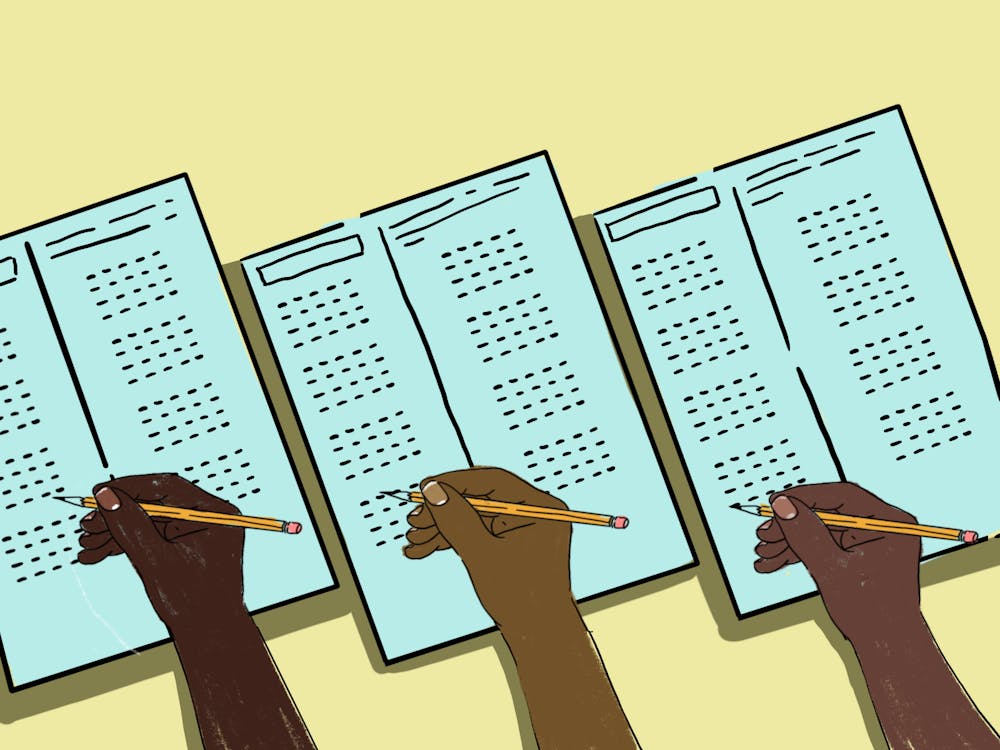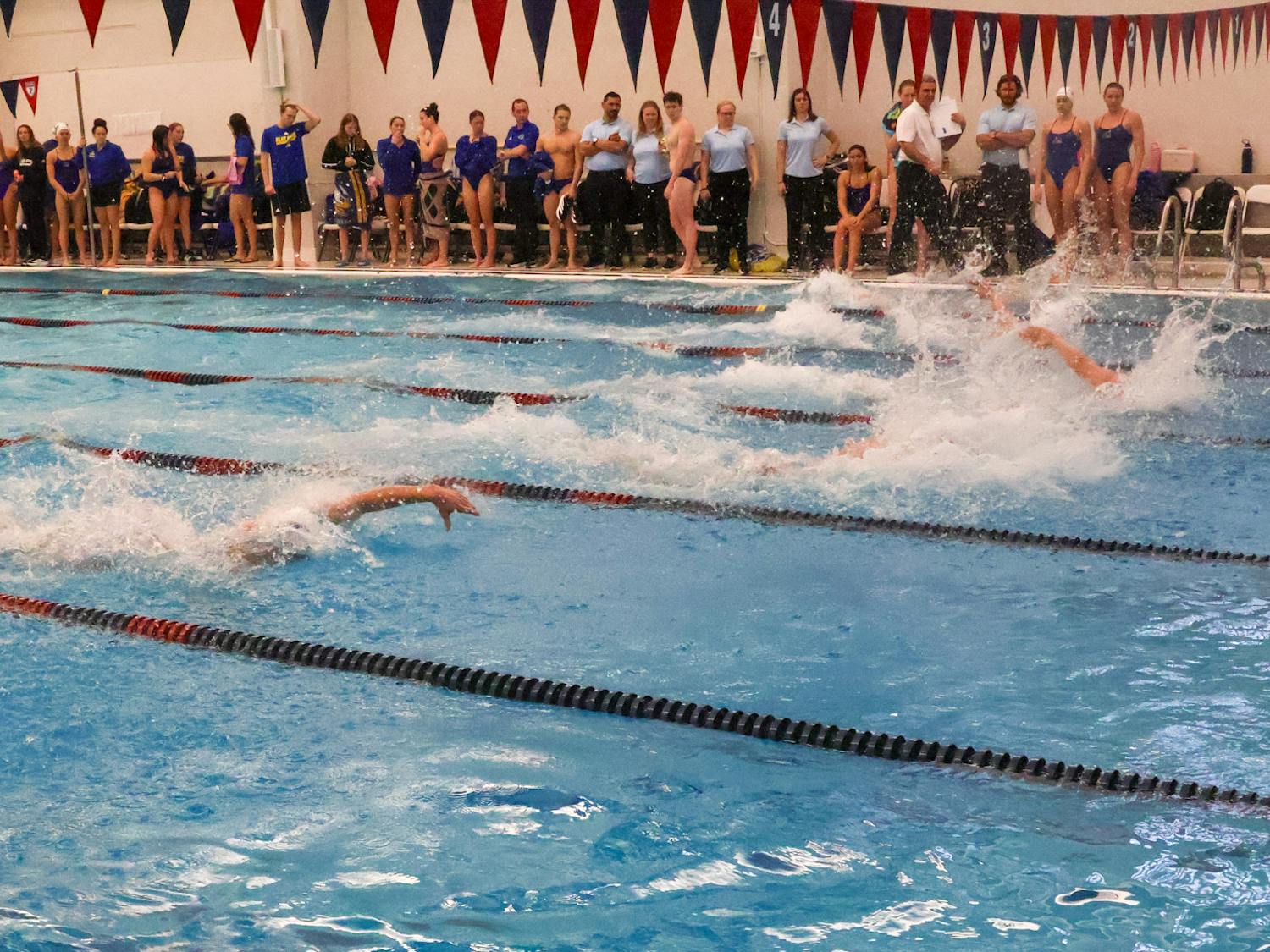The past week has been difficult for many Americans. On top of a troubled response to the coronavirus pandemic, protests across the nation have reminded us of the pervasive racial discrimination that is deeply entrenched in American society. With the speed of current events these days, notable news in the world of college admissions was quickly—and rightfully—eclipsed by more pressing matters. Five days prior to the death of George Floyd at the hands of the police, the University of California announced its decision to phase out the consideration of SAT and ACT scores in their admissions process. In the coming years, its consideration will be discontinued for in-state students, and by 2025, will be completely eliminated altogether.
As an SAT tutor, I always think about standardized testing and the role it plays in the academic advancement of my students. However, the past week has forced me to further contextualize standardized testing within the conversations I was having about race. It became clearer to me that there is a need to reduce systemic inequality in almost every aspect of American society, and standardized testing is no exception.
First administered 94 years ago, the SAT has been a fundamental part of the transition between secondary and higher education, and through its many iterations, it has served essentially the same purpose: to allow students to demonstrate college readiness to prospective universities. To prepare for the exam, the College Board, the organization that administers the exam, recommends that students follow “the same habits and choices that lead to success in school,” such as completing homework, taking rigorous coursework, and preparing for assessments in school. They also acknowledge that it’s helpful for students to “know what to expect.”
And thus appears the SAT preparation industrial complex: the collection of tutors, companies, books, websites, practice tests, consultants, and YouTube tutorials that offer services for students preparing for the exam. Dating back to 1938, the SAT prep industry has existed for almost as long as the exam itself, and year after year, it continues to be commercially successful. One-on-one tutoring sessions with high-profile companies can cost thousands of dollars, and the test-prep industry itself is valued at around $1 billion, with millions of students utilizing services every year. Despite the industry’s high popularity -- and profitability -- it faces backlash from the College Board, which questions the usefulness of test prep services in the first place. As an SAT tutor, I, along with others, believe that SAT test prep does not benefit students academically.
I have been a private tutor teaching SAT math, reading, and writing for more than three years now so I have developed a deep familiarity with the exam. Contrary to what one might think, the SAT does not actually assess mastery in reading, writing, or math, and this is by virtue of the format of the exam. The SAT is a “norm-referenced” exam, meaning that it’s designed to produce a normal distribution of scores each time it’s administered. Students are evaluated based on how they rank in that distribution rather than how they perform on the exam—their raw score. This might not sound like a problem in and of itself. But as Richard C. Atkinson, President Emeritus of the University of California, co-wrote in a New York Times op-ed, the insidious reality is that forcing a normal distribution—the classic “bell curve” shape—of scores can make just a few additional correct answers increase a score dramatically. This contributes to a hyper-competitive attitude that rewards students who can “crack” the exam rather than learn the material.
I teach my students how to approach specific types of questions which appear on the exam with fairly high regularity. By repeatedly practicing the types of questions that they will see on the exam, my students gain confidence not in reading, writing, and math, but in “SAT” reading, “SAT” writing, and “SAT” math. Ultimately, I teach them how to take the test, and provide them with a skill set that is unique to the SAT. However, the service that I—along with thousands of other tutors—provide is still invaluable, because it genuinely does help students increase their scores and get into their dream colleges. And at the end of the day, what we do won’t make a difference if the students themselves aren’t motivated and hard-working.
Yet, the fact that only some students are able to afford private tutoring in the first place is the problem. Wealthier students can afford to take the exam multiple times, a strategy suggested by the College Board to maximize scores. Analyses have shown that SAT scores are positively correlated with family income, and the high-profile college admissions scandal last year revealed that excessively wealthy students are often able to pay massive sums of money to bribe their way into a university—even at our own school.
Recent data from the College Board shows that SAT test performance by race is disconcertingly disparate. Nationwide, 57% of Asian students and 34% of white students scored at least a 1200 on the SAT in 2019 while only 13% of Hispanic students and 8% of Black students were able to achieve the same metric. In 2017, the Brookings Institution published a robust analysis of the “black-white gap”: the achievement gap between Black and white test-takers, a discrepancy that changed very little between 1996 and 2015.
MORE FROM VARUN SARASWATHULA:
As America reopens, our leaders must listen to science
After COVID-19, we need to consider universal health coverage in the United States
Even more concerning is that test scores in adolescence can predict racial differences in inter-generational mobility in later years, according to Bhash Mazumder, an economist at the Federal Reserve Bank of Chicago. His study found that cohorts of Black populations were less likely to have upward mobility and more likely to have downward mobility when compared to white cohorts.
When relying too heavily on test scores, universities implicitly discriminate against students who are unable to afford resources to help them prepare for standardized tests in the same way that many other students are able to. In searching for an appropriate replacement measure, universities should look to student grades and other factors, such as teacher recommendations, which the University of California found to be more accurate predictors of academic success in college.
By giving standardized testing the weight it currently has, we end up heightening the barriers to higher education that many Black students already face, and we relegate many of them to lives without the academic advancement that the rest of us are privileged to have. Universities are where students and faculty are introduced to other experiences and worldviews, and by limiting the ability of Black students to reach them, we limit the value of a university experience for everybody.
The University of California has taken the first step that many universities ought to follow, but in the meantime, we should be working to empower those that cannot access the same test prep resources that thousands of students take for granted. Yes, protesting absolutely sends a message to those in power that Black Americans deserve to live in a country that respects their right to safety and security. But we should also be avenging the death of George Floyd, the death of Ahmaud Arbery, and the deaths of thousands of others by working to provide equal educational opportunities to those who struggle to access them.

VARUN SARASWATHULA is a rising College junior from Herndon, V.A. studying the Biological Basis of Behavior and Healthcare Management. His email is vsaras@sas.upenn.edu.









